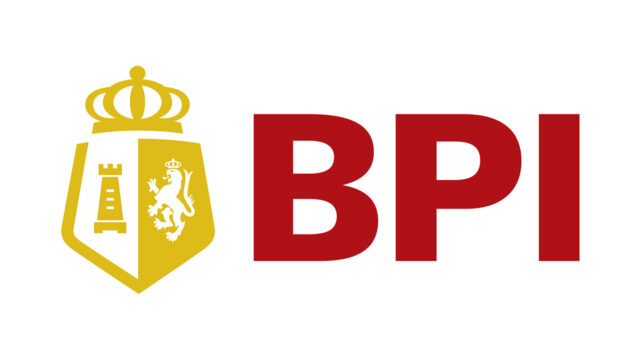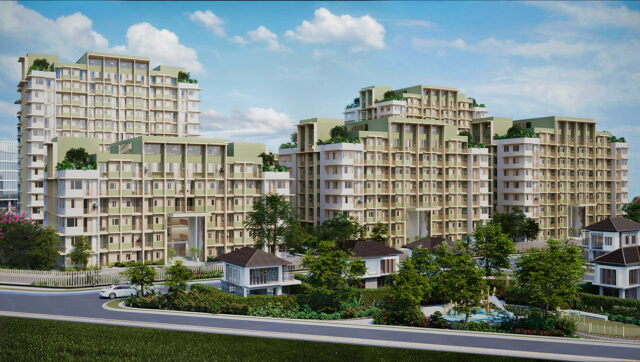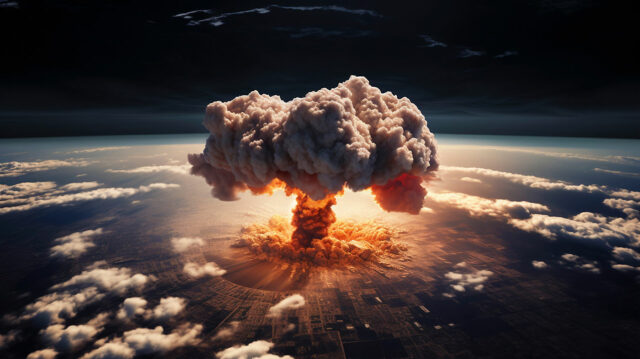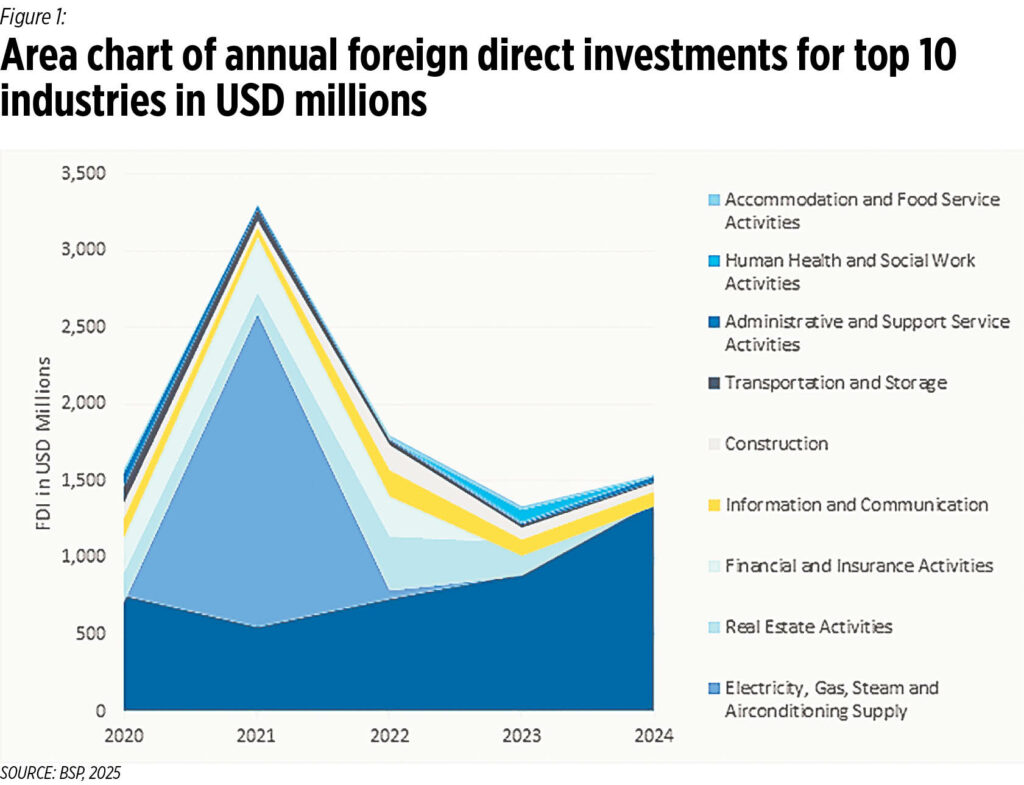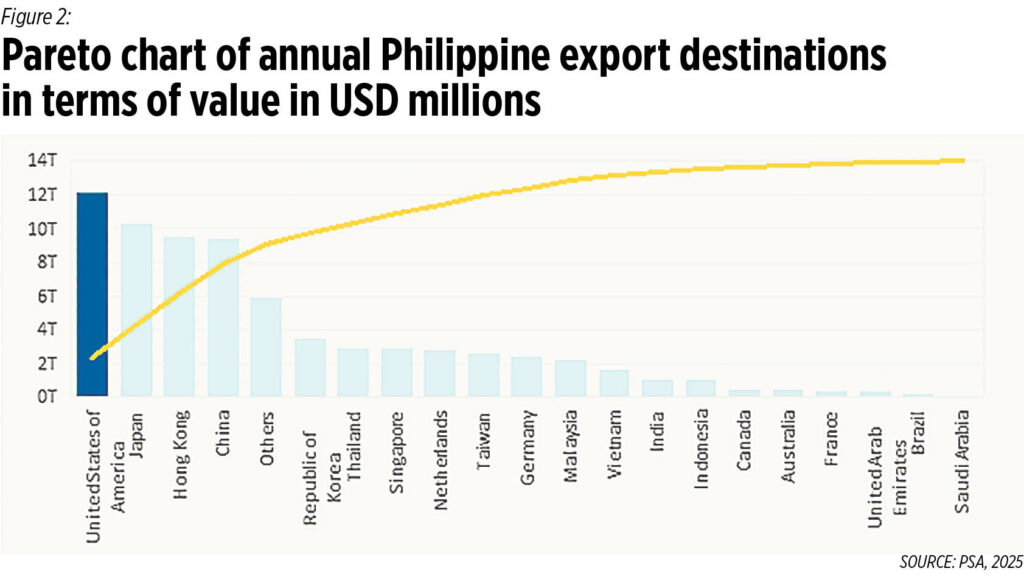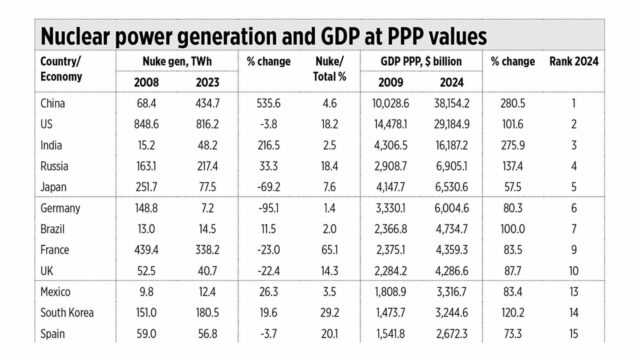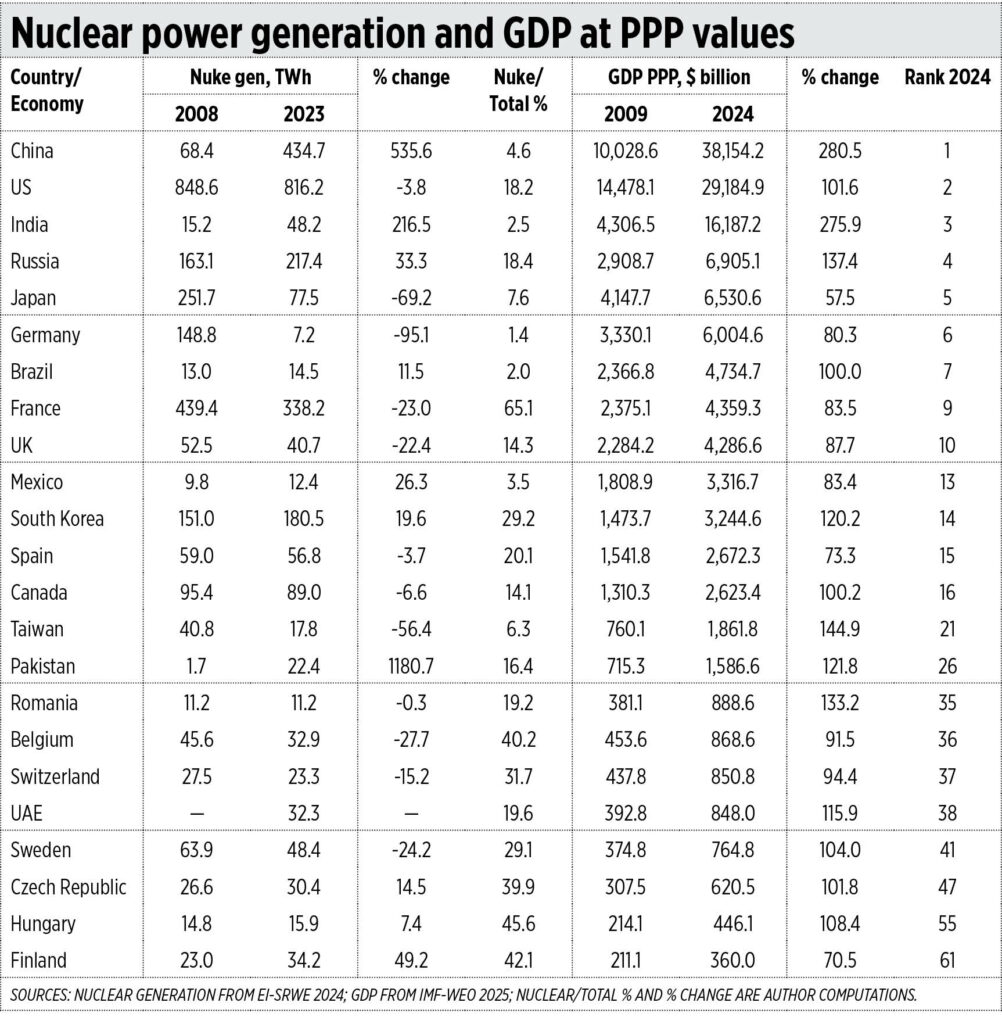Finding convergence in tourism: The path to economic prosperity begins at our beautiful destinations
For the past two decades, the Philippine economy has rested on two key pillars of foreign exchange earnings, helping to sustain its reserve position and stabilize the peso. These twin pillars — overseas Filipino worker (OFW) remittances and business process outsourcing (BPO) revenues — have provided crucial inflows that cushion the country against external shocks and trade imbalances.
The first leg, remittances from OFWs, has long been the backbone of the Philippine economy, contributing nearly $37 billion in 2022 alone. These funds help drive domestic consumption and provide a stable source of foreign currency. However, this model faces growing vulnerabilities. Developed nations that once welcomed migrant labor are reassessing immigration policies, becoming more restrictive. Meanwhile, the soaring cost of living in host nations limits the disposable income OFWs can send home.
The second pillar, the BPO industry, has been a crucial engine of growth, employing over 1.4 million Filipinos and generating roughly $30 billion in annual revenues. Yet, this sector may be facing a steep challenge. Advances in artificial intelligence (AI) and automation threaten to displace jobs, particularly in voice-based services, which have traditionally been the Philippines’ competitive advantage. Global companies are increasingly integrating AI-driven chatbots, virtual assistants, and process automation tools that reduce reliance on offshore human talent. Additionally, emerging BPO destinations, such as India, Poland, Vietnam, and others, continue to erode the Philippines’ dominance in the sector. Unless the Filipino BPO industry upskills and moves up the value chain, its economic contribution may diminish sooner than we think.
The Philippines has long been in search of a viable third leg. While the country is rightfully exploring ways to strengthen the manufacturing sector as a long-term economic driver, this will take time to gain momentum. Tourism represents a low-hanging fruit — a high-value industry that can generate substantial revenue in the short to medium term while sophisticated and investment-heavy industrialization efforts take root.
Currently, tourism still pales in comparison to the other two in terms of foreign exchange earnings. In 2019, before the COVID-19 pandemic, tourism generated only $9.3 billion in foreign exchange receipts, far below the contributions of OFW remittances and BPO. However, unlike the other two pillars, tourism presents an opportunity for more widespread and inclusive growth. It is an industry that cannot be outsourced or automated and, if properly developed, could be a sustainable driver of economic resilience.
THE CASE FOR TOURISM: A RIPE OPPORTUNITY
In 2019, tourism directly contributed 12.7% to Philippine GDP (and a little more than 21% if indirect effects are considered). By 2023, the sector had begun to recover, accounting for 8.6% of GDP. In 2024, the Department of Tourism said the industry generated $13.26 billion in revenue, and employed 6.2 million people directly, and 16.4 million if indirect jobs are considered. There is still tremendous upside, for several reasons:
• High Value-Added Industry – Unlike semiconductor manufacturing, which contributes less than 11% of the country’s total manufacturing gross value-added (GVA), tourism has the potential to generate more value addition within local economies. Every dollar spent by a tourist circulates across multiple sectors — hotels, restaurants, transportation, retail, and entertainment.
• Rural Engines for Growth – Tourism is uniquely positioned to create more inclusive growth opportunities in less developed, rural areas, unlike manufacturing, which tends to concentrate in industrial zones.
• Development of Untapped Destinations – With the right investment, areas currently lacking commercial activity can become self-sustaining tourist markets.
• Strong Multiplier Effect – Every peso spent in tourism generates additional demand in supporting industries, such as agriculture, construction, transportation, and creative services. A United Nations Economic and Social Commission for Asia and the Pacific study found that tourism has an output multiplier of 1.692, meaning an additional 0.692 pesos is generated in the economy through indirect and induced effects. The same study found that the income multiplier for tourism is 0.792, indicating that nearly 79.2 centavos of additional income is generated for every peso of tourist expenditure. This is higher than the income multipliers for other sectors, like investment (0.708) and exports (0.702). Tourism has a significant employment multiplier of 25.3 jobs per P1 million of tourist expenditure, highlighting its ability to create jobs not only directly in the sector but also indirectly in related industries.
• Domestic Market Potential – While international tourism brings foreign exchange, the industry can also thrive on domestic tourists, ensuring a steady revenue stream even during global downturns.
• Synergy with the Creative Economy – The creative economy — encompassing media, arts, culture — is a natural partner of the tourism economy. Both generate a great amount of value with the least amount of capital, leveraging the abundant talent of our people.
• A Virtuous Growth Engine – Tourism stimulates demand for locally sourced food, handicrafts, transport, and services, creating a self-reinforcing cycle of job creation and enterprise development.
If the Philippines can increase tourist arrivals from the 5.9 million recorded in 2024 to say, 15 million arrivals, and assuming each tourist continues to spend the $2,073 per capita, the tourism industry could generate $31 billion annually — at par with the remittance and BPO sectors. This would cement tourism as a third pillar of foreign exchange inflows and a major contributor to economic resilience.
A GOVERNMENT-WIDE CONVERGENCE STRATEGY
The underperformance of Philippine tourism is not due to a lack of attractions. The real challenge lies in fragmented governance, inadequate infrastructure, and an absence of a proactive, unified policy approach. The solution is to treat tourism as a national convergence project — a holistic, whole-of-government effort encompassing all government agencies, aligning their initiatives around tourism as the key performance indicator (KPI).
To achieve this, various agencies must converge and integrate their policies into a unified tourism-driven framework. Examples envisioned could take the following forms, which is illustrative and by no means an exhaustive list:
• Technical Education and Skills Development Authority (better known as TESDA) – Focus on skills training for hospitality, culinary arts, wellness services (barbers, salons, massage therapists), and tourism-related professions.
• Department of Trade and Industry – Promote small- and medium-sized enterprises in tourism-related industries, such as restaurants, hotels, and souvenir manufacturing. Encourage businesses to source food and supplies from local farmers and artisans.
• Maharlika Investment Fund – Prioritize investments in tourism-related enterprises and infrastructure.
• Department of Public Works and Highways – Ensure road connectivity from airports to tourist destinations and between key tourism hubs.
• Department of Transportation – Lead the rehabilitation of old airports and the construction of new ones to improve accessibility.
• Department of the Interior and Local Government – Make tourism a KPI for local governments. Strengthen tourist police stations to ensure visitor safety.
• Department of Health – Develop the medical tourism subsector, capitalizing on the country’s skilled healthcare workforce.
• Department of Education and the Commission on Higher Education – Enhance education programs to produce well-trained professionals in hospitality, tourism, and healthcare.
• Department of Foreign Affairs – Streamline visa processing, adopting best practices from Thailand and Indonesia to introduce visas on arrival and e-visas.
• Department of Information and Communications Technology – Strengthen the digital environment to ensure a seamless experience for tourists from arrival to departure.
• Department of Finance – Establish quick VAT refund centers at major airports to enhance tourist spending.
• National Commission for Culture and Arts – Develop and promote cultural festivals, performances, and local artistic industries.
By integrating all these efforts into a singular strategy, tourism can evolve into an economic powerhouse, stimulating multiple industries and benefiting all regions of the country.
TOURISM AS THE HUB FOR INCLUSIVE GROWTH
Tourism is not a stand-alone industry — it can serve as a hub of activity, the second order effects of which can stimulate other sectors, like agriculture, manufacturing, real estate, energy, culture, and transportation. Unlike manufacturing or BPO, which primarily benefit specific regions or workforce segments, tourism’s impact is broad, cross-sectoral, and can ripple out beyond special economic zones and urban business districts.
Local governments can maximize this opportunity by designating key tourist destinations as economic hubs, where policies encourage the growth of complementary industries. If a particular location is identified as a high-potential tourism destination, the surrounding economy should be structured to support it — local farms supplying fresh produce to restaurants, artisans producing souvenirs, training programs creating a skilled workforce, and sustainable energy sources ensuring responsible tourism.
A tourism-driven economy is more than just a strategy for attracting visitors — it is a pathway to inclusive prosperity. By structuring national and local policies around tourism as the primary growth driver, the Philippines can create self-reinforcing cycles of investment, employment, and infrastructure development. Well-developed tourist destinations will serve as economic hubs, supporting local businesses, creative industries, and community livelihoods.
The path to economic prosperity begins at our beautiful destinations. Let’s get going.
Cesar V. Purisima is a former governor of the Management Association of the Philippines or MAP, former secretary of Finance, and former secretary of Trade and Industry. He is a senior global fellow at Milken Institute. He is also a founding partner at Ikhlas Capital, a pan-ASEAN private equity growth platform.




